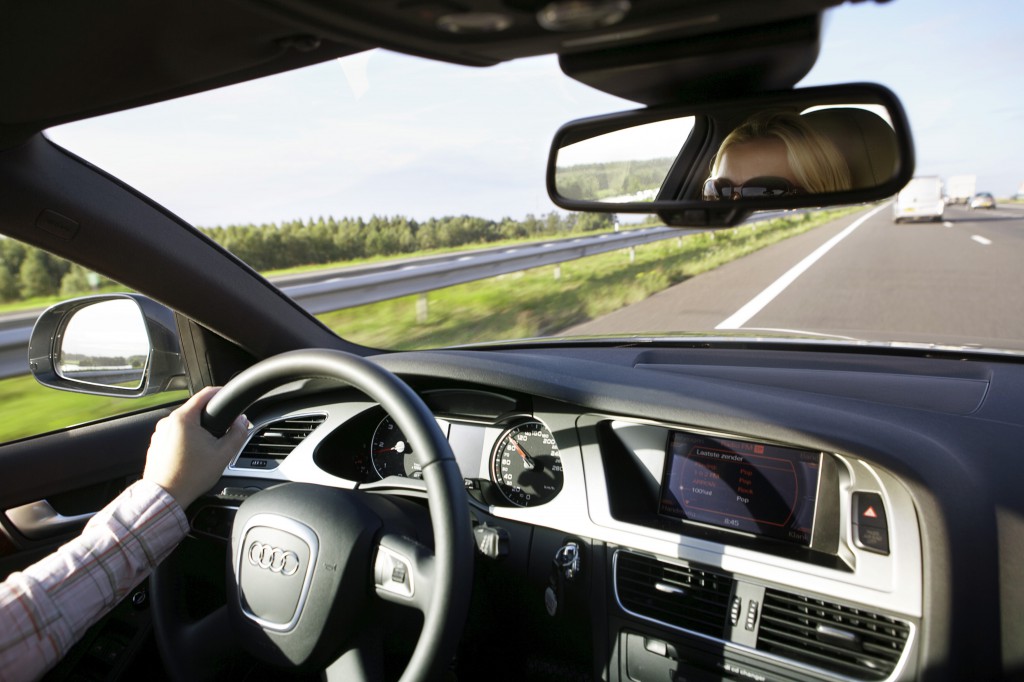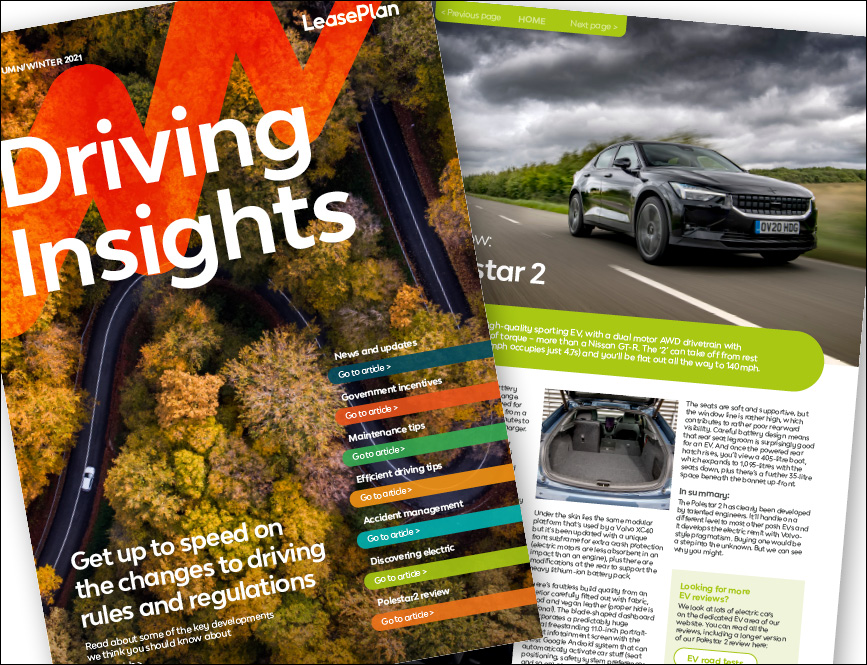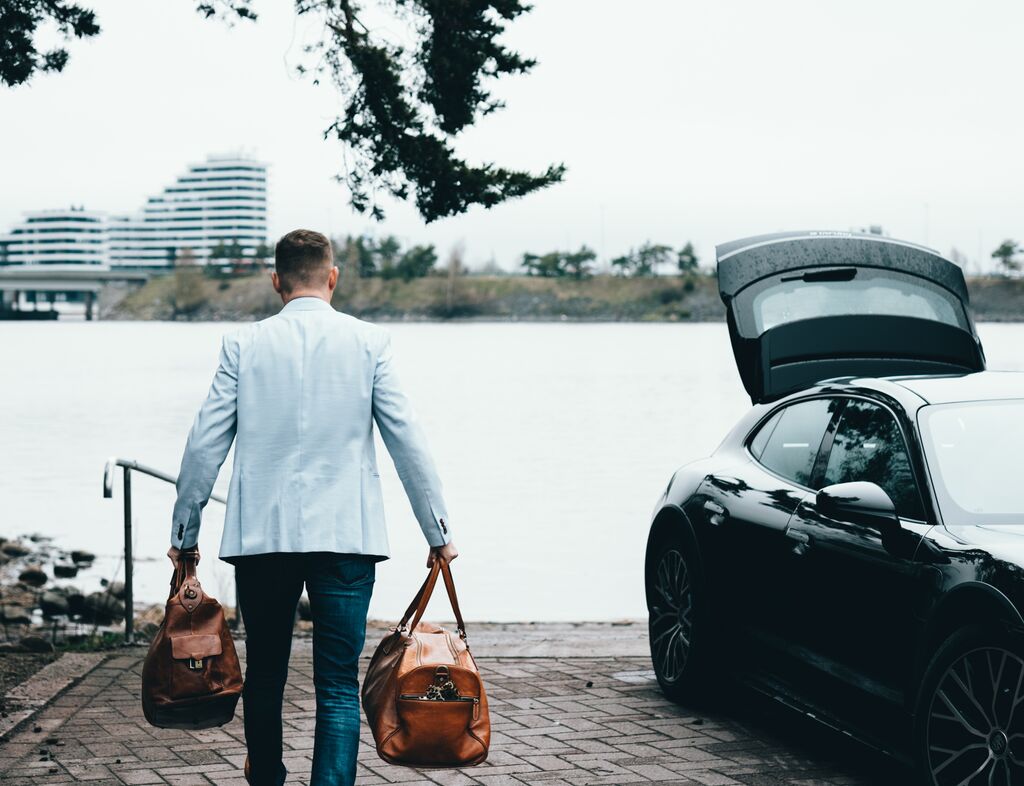You may have heard that drinking and driving don’t mix.
I certainly hope so. There have been adverts to that effect. One report on 30 years of anti-drink driving campaigns estimates that the UK Government alone spent nearly £50 billion on advertising in that period. The authors, being advertising people themselves, naturally think it was money well spent, and it has to be said that they make a fairly convincing case.
Their figure doesn’t include policing costs, changes in attitudes and peer pressure (though those, of course, almost certainly have been affected by advertising) or the fact that, even according to anti-alcohol campaigners, overall consumption has been falling for a decade.
Public attitudes and behaviour, then, have changed enormously over the past three decades or so, to the point where the prevailing consensus seems to be that if you are so bone-headed or irresponsible that you haven’t heeded the message, you were probably never going to in the first place.
Against that background, it seems slightly odd that there should have been an outcry last week about a pub being opened beside a road. Beside Junction 2 of the M40 in Buckinghamshire, to be precise; at Beaconsfield motorway services. Motoring organisations and alcohol campaigners alike complained that it “sent the wrong message” – though it actually turns out that Wetherspoon’s, the chain opening the pub, intend to plaster the message that you shouldn’t drink and drive all over the place.
In fact, the “don’t drink and drive” message has got through fairly well despite the fact that almost every pub in Britain (as well as almost every off-licence, restaurant, supermarket, wine merchants, or anywhere else you could buy drink) is on a road, and that quite a lot of them have car parks as well.
Since, thank heavens, most people don’t find that the sight of, for example, The Ten Bells on the A1202 gives them an irresistible urge to pull over and drink half a bottle of whisky, it’s difficult to see why they should be any more tempted on the motorway. Indeed, because many older pubs began as coaching inns, a lot of the principal roads in the country are generously lined with pubs – and some, such as the A1 or A14, carry levels of traffic that are comparable with motorways.
Quite a lot of people who are travelling on the motorway are not themselves driving the car, anyway. It’s difficult to see why the tiny risk that the very existence of a pub might tempt a driver to have a drink (given that they seem to resist that temptation on all the other roads in the country) should be allowed to prevent the passengers on a long coach trip from having a glass of wine or half a pint of beer with their lunch.
In any case, it turns out that though The Hope & Champion is the first pub to be opened on a motorway service area, it’s not quite as extraordinary as the newspaper reports suggest. For some time now, it has been possible to buy alcohol in some motorway supermarket outlets and even in shops attached to petrol stations – something which has always been utterly unremarkable in most other countries. And many of the budget hotels which share space with motorway services, or are very close to them, have bars already.
If we’re confident that the vast majority of drivers wouldn’t dream of drinking before getting behind the wheel, and that they already choose not to drive 300 yards further from the motorway exits to reach the hundreds of pubs which have always been sitting there, let’s hope we can trust them not to lose their senses just because there happen to be licensed premises next to the petrol station and the Little Chef. Meanwhile, the huge numbers of travellers who aren’t doing any driving might welcome the fact that a long motorway journey no longer has to be the equivalent of being banged up in rehab.




